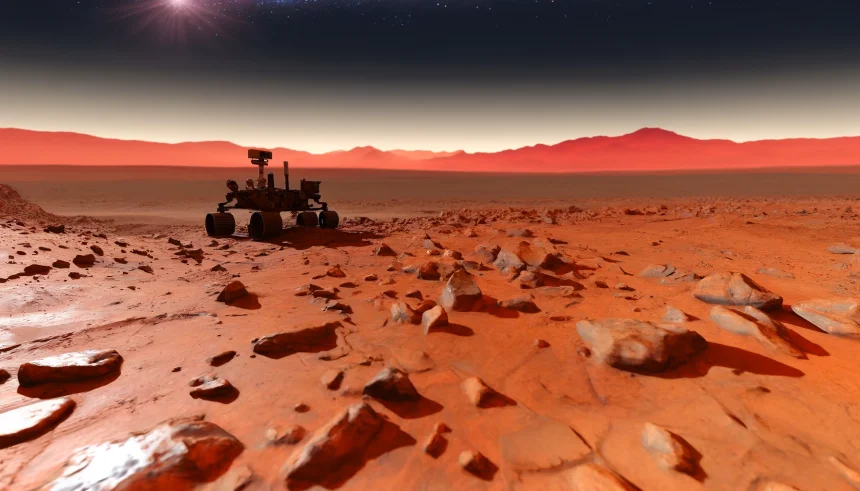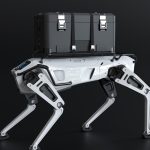Exploring the origins of life on Mars takes a significant leap forward with the development of a new laser technology designed to identify fossilized microbes. This advancement builds upon previous research conducted on Earth’s gypsum deposits, offering a promising tool for future Mars missions. The integration of this laser with existing rover technology could enhance our ability to uncover evidence of past life on the Red Planet, potentially rewriting our understanding of extraterrestrial biology.
Research shows that similar methods have been applied successfully in terrestrial environments, strengthening the case for their effectiveness on Mars. Past studies in locations like Algeria’s gypsum-rich regions have demonstrated the laser’s capability to detect microscopic fossils, providing a solid foundation for its use in Martian exploration. This comparison underscores the potential reliability of the technology when deployed in the challenging conditions of Mars.
How Will the Laser Identify Microbial Fossils?
The laser analyzes gypsum deposits for signs of fossilized microbes by examining their morphological and chemical signatures. By targeting specific elements such as carbon, sulfur, and silicon, the device can distinguish between biological and non-biological formations. This precise detection is crucial for identifying potential biosignatures that indicate past life.
What Role Does Perseverance Play in This Mission?
NASA’s Perseverance rover, equipped with the Supercam instrument, serves as the primary platform for deploying the new laser. Supercam’s advanced capabilities allow it to conduct detailed analyses of rocks and soils, searching for organic compounds that may signify ancient microbial activity. This collaboration enhances Perseverance’s mission to uncover Mars’ geological and biological history.
When Can We Expect Implementation of This Technology?
While the technology shows great promise, its integration into future missions will require further testing and refinement. The upcoming launch of ESA’s Rosalind Franklin rover in 2028 presents an opportunity to incorporate the laser, potentially enabling in-situ analysis of Martian sediments. Continued research and development will be essential to ensure its readiness for deployment in the harsh Martian environment.
Advancements in identifying biosignatures on Mars rely heavily on the success of this new laser technology. By leveraging lessons learned from Earth-based studies and enhancing rover instrumentation, scientists aim to overcome the challenges of detecting ancient life on another planet. The collaboration between research institutions and space agencies will be pivotal in achieving these goals.
Future Mars missions stand to benefit significantly from this technology, offering a more detailed and accurate method for searching for life. The ability to detect and analyze microbial fossils could provide definitive answers to one of humanity’s most profound questions: Did life ever exist on Mars? As preparations for upcoming missions continue, the integration of innovative tools like this laser will be critical in the ongoing quest to explore and understand our neighboring planet.
“Our findings provide a methodological framework for detecting biosignatures in Martian sulfate minerals, potentially guiding future Mars exploration missions,”
said Youcef Sellam, lead author of the study.










